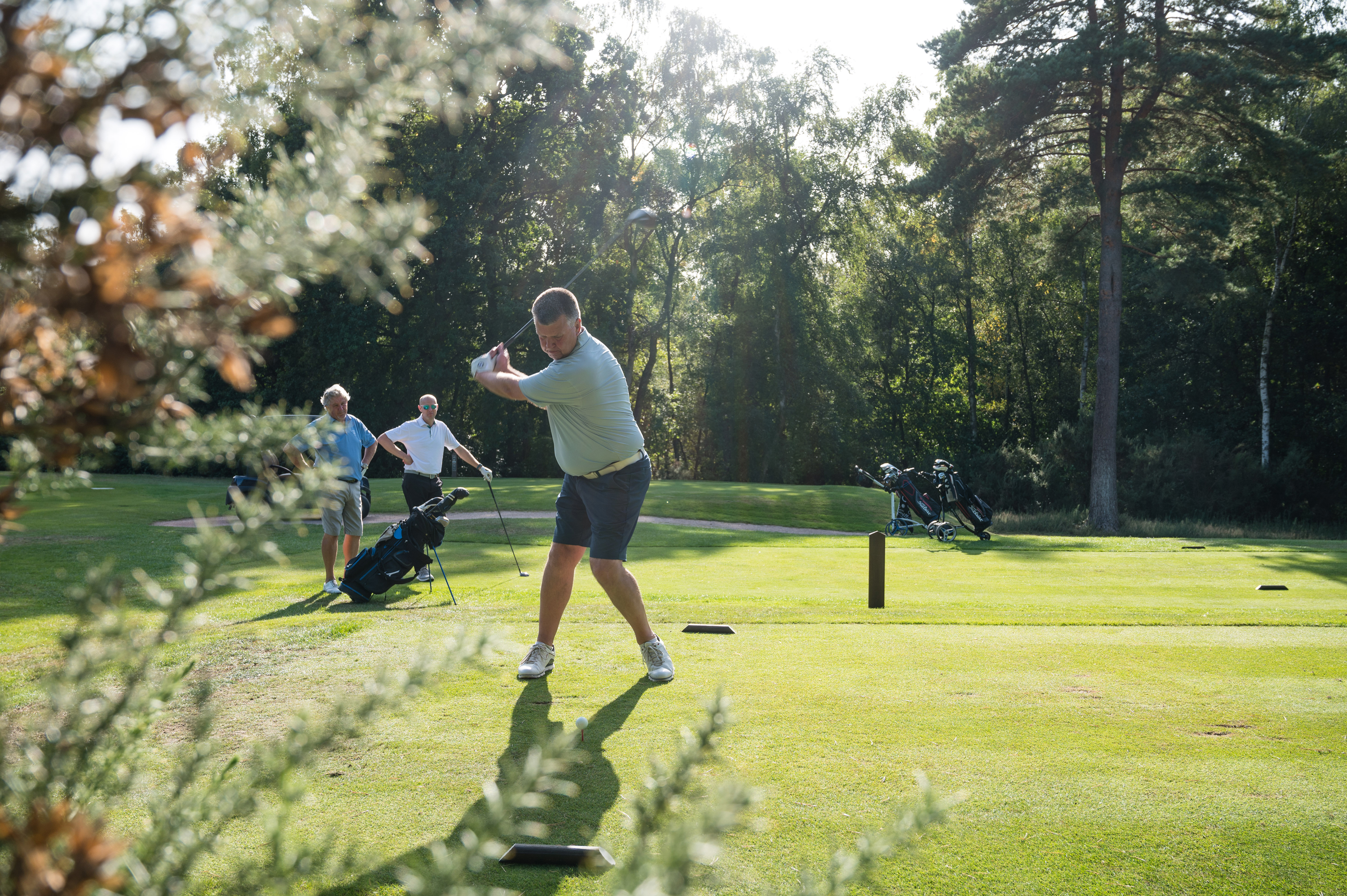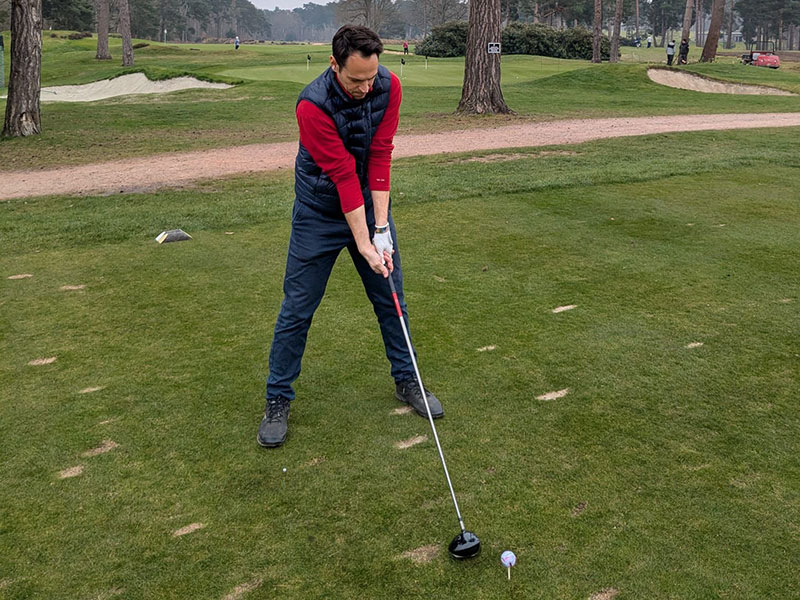How Do We Solve The Issues Caused By Single Golfers?
Fergus Bisset enjoys a solitary round but accepts that, in certain circumstances, some can be frustrated by golfers playing on their own


My colleague Michael Weston recently wrote an article highlighting an unpleasant experience one of our readers had endured as a single golfer. He encountered an “obnoxious” three-ball during a holiday round that ruined his day and made him feel hugely unwelcome as a visiting golfer.
That was a tough story to read, and I was very much on the side of the singleton as I read it. Of course, lone golfers should be allowed out on the course. Perhaps, as in this case, they might be away somewhere with no playing partners and want to experience a new course.
Or perhaps they might only have a small amount of time to spare, and want to get a few holes in. I often do that. There’s potentially great peace and seclusion to be found playing on your own. A chance to reflect, to think about your game and life in general. It can be a cathartic thing to do.
Long gone are the days when single players had no standing on the course, and rightly so. Players who prefer to play alone should have a chance to do so.
But I then read a comment on the article that made me think a little more about it. Here is the comment:
“The reality is that a single playing through will delay the group and interrupt their flow, even if it is relatively brief. In addition, you can't help but feel pressured to move more quickly by someone waiting behind.
"It may be that the lone golfer is in no hurry, but you can't know what they're thinking as you look back at them using their rangefinder to see if you're out of range. It is that pressure which builds the animosity.”
Subscribe to the Golf Monthly newsletter to stay up to date with all the latest tour news, equipment news, reviews, head-to-heads and buyer’s guides from our team of experienced experts.
Clearly there are some who feel single players can be a problem on the course. Should there be more guidance on when singles should play and on what the correct etiquette should be with regards a lone player who will, of course, be moving more quickly?

Should we really have let this guy through?
Let’s give some clarity to this – when the course is relatively quiet, there shouldn’t be much of an issue. If there’s one four-ball out there and one singleton catches them up, letting that single player through is no real problem, it is just a case of finding the right moment and allowing them to pass.
If a four is going out and the starter or pro shop knows a single will be playing half an hour behind, the four should be made aware of that and politely asked if they will let the single through should they catch up.
Good planning and communication keeps everybody clear on what’s going to happen, and happy as a result.
The issue comes when the course is extremely busy. A fast-moving single player in the middle of 10 three or four-balls in a row can cause a difficult situation as the expectation will be for them to continue to move up the field.
This can cause a concertina effect that could disrupt the flow of everyone on course and spoil people’s enjoyment of their day on the links. That includes the singleton as they find themselves rushing their way past disgruntled groups who are already frustrated by a congested course.
It's a similar discussion to whether a four-ball should let a two-ball through if the course ahead is clearly busy.

Single golfers can sometimes disrupt the flow of the course
So, is there a solution?
Here are some suggestions for how clubs and courses might deal with single players.
Firstly, if a single player is looking to head out for a game, they should be made fully aware of what they might face out on the course. If there’s a full or nearly full tee sheet, they should be told about that when they book or plan to play.
Perhaps the singleton might look for other options if they know that 10 four-balls have just teed off and will likely take four hours to play.
Perhaps clubs might allot times for faster play; sections of the day in the early morning or in the evening when singles or two-balls could be encouraged to book.
It’s understandable that busy clubs might not want a single player taking up a tee time. Particularly clubs where there’s significant visitor income. If 11.08 is occupied by one visiting player when it could be taken by four visiting players, the club could miss out on three green fees.
One suggestion is for clubs to work harder to offer singles the chance to join up with a two or a three when it’s busy. That way, they still get to play and one fewer tee time is taken up. The Old Course at St Andrews has been doing this for decades.
Single players should enjoy their golf as much as anyone else and having a clear strategy and guidance for all on what they and others should expect and do out there is key.
Where possible, slower groups should let faster groups through, regardless of the size of that group. But, when a course is busy, perhaps there should be more thought on how to team singles up together or with a group of two or three.
When it’s quiet on the course, playing on your own can be brilliant. But, when it’s ram-packed, it’s inevitably going to be a challenge. Teaming up is the way forward – you might just meet a golfing friend for life!

Fergus is Golf Monthly's resident expert on the history of the game and has written extensively on that subject. He has also worked with Golf Monthly to produce a podcast series. Called 18 Majors: The Golf History Show it offers new and in-depth perspectives on some of the most important moments in golf's long history. You can find all the details about it here.
He is a golf obsessive and 1-handicapper. Growing up in the North East of Scotland, golf runs through his veins and his passion for the sport was bolstered during his time at St Andrews university studying history. He went on to earn a post graduate diploma from the London School of Journalism. Fergus has worked for Golf Monthly since 2004 and has written two books on the game; "Great Golf Debates" together with Jezz Ellwood of Golf Monthly and the history section of "The Ultimate Golf Book" together with Neil Tappin , also of Golf Monthly.
Fergus once shanked a ball from just over Granny Clark's Wynd on the 18th of the Old Course that struck the St Andrews Golf Club and rebounded into the Valley of Sin, from where he saved par. Who says there's no golfing god?
You must confirm your public display name before commenting
Please logout and then login again, you will then be prompted to enter your display name.